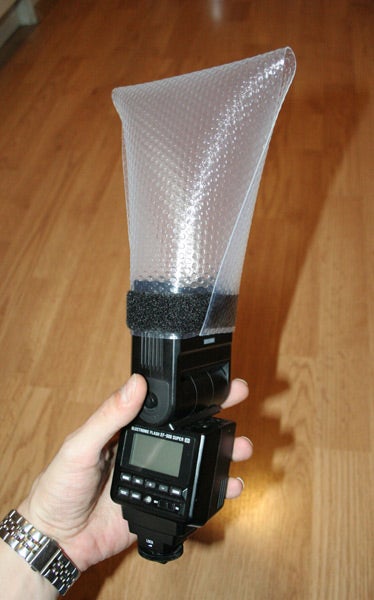For many people, cellphones are their cameras.
On the one hand, most of us always have them with us, they're stupid simple to operate and, depending on your phone, can produce a decent picture.
But they have a few drawbacks. The most obvious one is that most of them don't have an actual telephoto function.
Most cellphone cameras give you the option to zoom in, but that is a digital zoom. Rather than actually magnifying the image as an optical zoom lens does, digital zooming merely crops the picture and then stretches that part of the image across the "canvas" of the image. That might be fine for a minor adjustment, but if you're really trying to see something far off, it is going to be a pixelated mess.
Frankly, I consider digital zoom as one of the great frauds perpetrated upon consumers.
But I saw someone suggest a way to get a relatively decent optical telephoto with a cellphone camera. It involves using binoculars.
What you do is first focus your binoculars on the subject you're looking at, and then put the cellphone's camera lens against one of the eyepieces and take your picture.
You get a picture that covers a small part of the sensor, but it's a true optical enlargement of the image. You can crop it and it still looks more decent than a digital zoom.
Here's a few shots I did to test this.
It's not the sharpest image, but it is better than what you would get with digital zoom.
The biggest challenge is juggling the binocular and cellphone, especially if you can't rest the binoculars on a steady object, like a railing. And since you are using an extreme focal length in comparison to your sensor size (unless you're using a high-end cellphone, your sensor's going to be about as big as the fingernail on your pinkie), any minor movement in your hands is going to make it shake like a major earthquake.
But it offers a way to get a close-up view. You can also use this technique on a telescope if you want to get a close-up picture of the Moon with your phone.






















